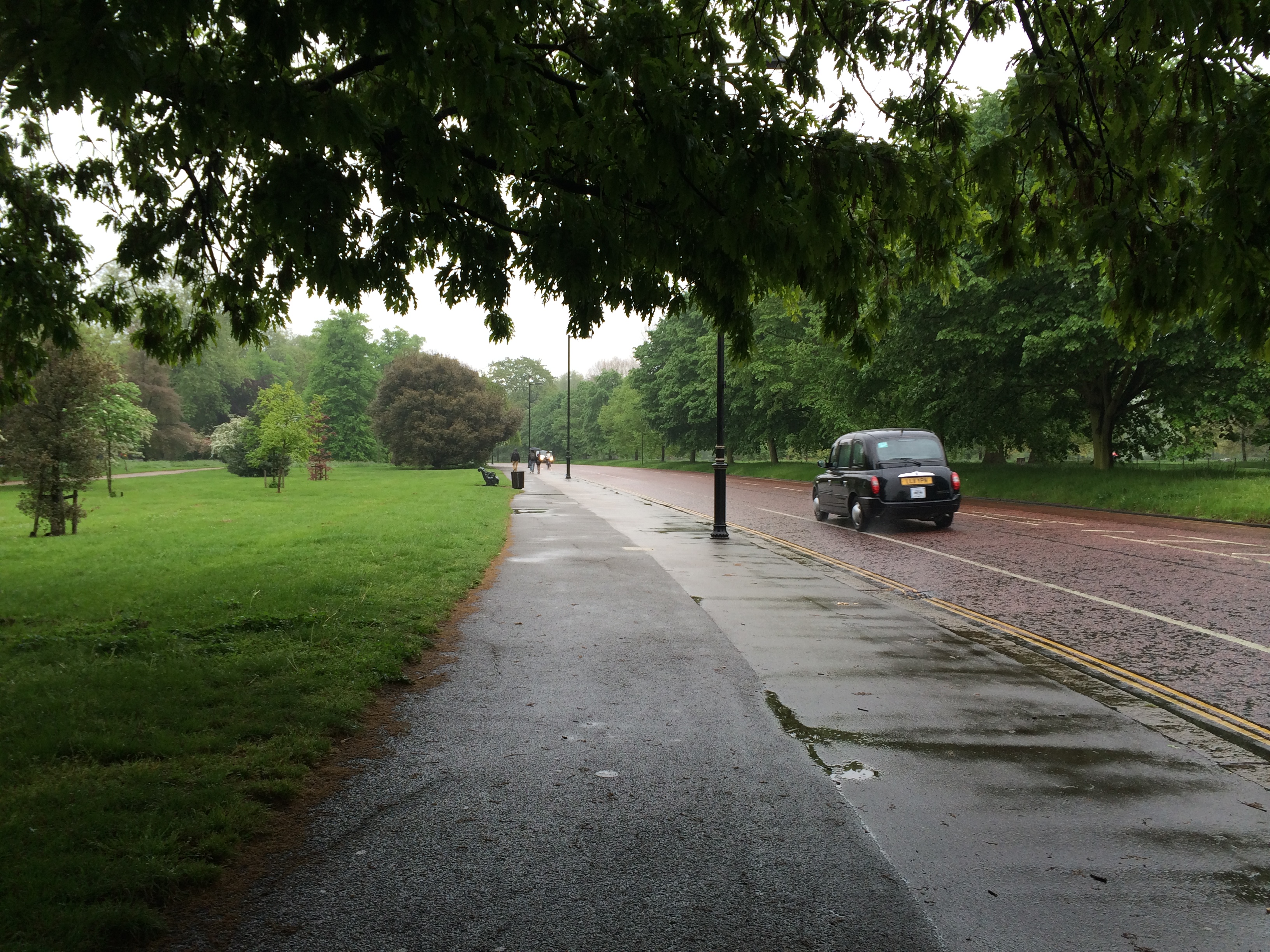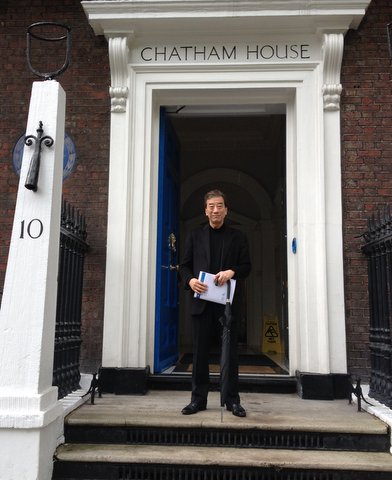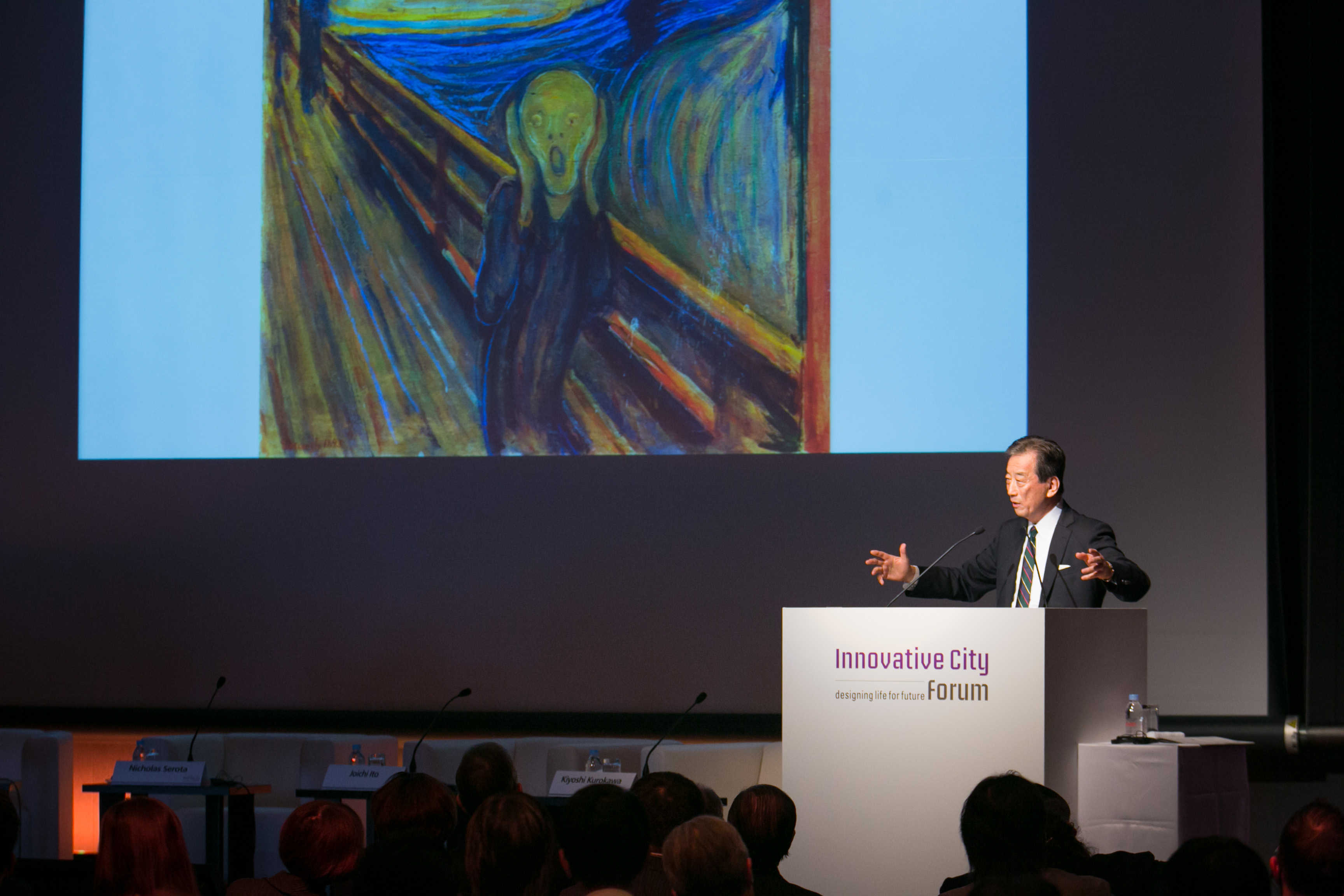→Japanese
Shigeru Ban. An architect known all over the world, he has also demonstrated his compassion and philanthropy by helping create cost-effective temporary housing and great buildings for disaster affected regions. He is indeed, a great man.
Congratulations on being awarded the Pritzker Architecture Prize.
I am privileged to have a friendship with Mr. Ban that goes back almost a decade, not to mention that we are both alumni of Seikei Gakuen (in Japanese). In addition, he is the architect behind the critically acclaimed design of the library at Seikei Gakuen (in Japanese).
I met him for the first time in 2012 at the World Economic Forum in New York City. I remember because of the location. Although the WEF is always held in Davos, 2012 was the only time that another city was hosting the event, in commemoration of the tragedy of the September 11th attacks. This was also where I attended a memorable session where leaders of both academic and science community and religious grops came together over lunch and had a very interesting discussion.
Mr. Ban has also appeared on TEDxTokyo in 2013. He manages to convey the essence of what he does in this presentation, and it is worth a watch.
I remember one time, when I tried to arrange a meeting several months in advance, and I asked him about his availability. I was startled by his reply, which was that ‘I don’t plan more than a month in advance. Who knows what kinds of tragic events might happen thusu where I might be’.
Leading groups of young people, he has travelled all over the world, quickly to regions affected by disaster, like L’Aquila, Christchurch, Haiti and Tohoku. There, he has helped in the rebuilding process by creating functional and beautiful buildings out of paper.
But one of the most awe-inspiring creations of Mr Ban to me was the ‘Nomadic Museum’ (in Japanese), not to mention the ‘Ashes and Snow’ collection within it. Another building of note is the NG Hayek Center in Ginza, Tokyo, which also houses the flagship store of Swatch. A unique project, it is elegant and refined, making it a joy to visit.
I am very pleased and happy to be able to appreciate the work of Shigeru Ban, truly a worldwide presence.









































